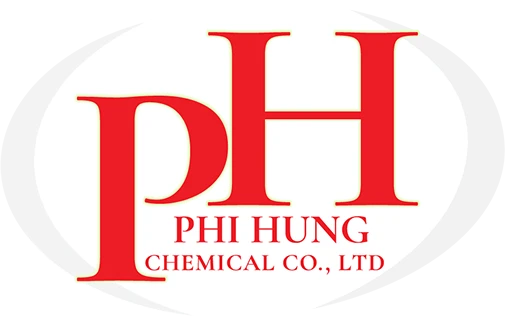

N.butanol
N.butanol
Product information:
WHAT IS N-BUTANOL SOLVENT? A COMPREHENSIVE GUIDE TO N-BUTANOL SOLVENT
N-Butanol solvent plays a crucial role in various industrial fields, especially in food production, such as rum, cream, vegetable oil, butter, candy, and processed foods. The following article will provide a comprehensive overview of N-Butanol solvent to help you understand this solvent better.
What is N-Butanol solvent?
N-Butanol is a compound with the chemical formula CH₃(CH₂)₃OH and is considered one of the highest-quality solvents available today. N-Butanol is also known by other names such as Butyl alcohol, Butalcohol, and Butyl hydrate.
N-Butanol is an industrial solvent widely used in various fields, including lubricants, cosmetics, and food production. Its most prominent applications are in the food industry, such as butter, vegetable oils, and alcoholic beverages.
Additionally, N-Butanol is a chemical compound with a high corrosive property, particularly for certain types of rubber and plastics. It is not suitable for use with strong oxidizers but can be mixed with many other solvents. Chemists use N-Butanol not only as a direct solvent but also as an intermediate solvent in the production of various organic chemicals.
Physical Properties of N-Butanol Solvent
- Boiling point: 117.7°C (390.8 K or 243.9°F)
- Appearance: Colorless liquid
- Melting point: -89.8°C (183.3 K or -129.6°F)
- Viscosity: 2.544 cP
- Refractive index (at 20°C): 1.3993
- Solubility: Miscible with ethyl ether and ethanol
- Vapor pressure (at 20°C): 0.56 kPa
- Water solubility: 73 g/L at 25°C
- Odor threshold: 15 ppm
- Flash point: 37°C (98°F)
- Acidity (pKa): 16.10
- Density: 0.809-0.811 g/cm³
Isomers of Butanol
Butanol exists in multiple isomeric forms, including n-butanol, isobutanol, sec-butanol, and tert-butanol. Each isomer has unique chemical and physical properties, making them suitable for different industrial applications.
How is N-Butanol Produced?
N-Butanol is industrially synthesized from propylene through a multi-step process:
- Hydroformylation of propylene with a homogeneous rhodium catalyst to produce butyraldehyde (oxidation process).
- Hydrogenation of butyraldehyde to obtain N-Butanol.
Additionally, N-Butanol can be naturally produced as a byproduct of fermentation of sugars and other organic carbohydrates.
Applications of N-Butanol
N-Butanol solvent is widely used across various industries and plays a significant role in both industrial production and daily life.
- Food Industry: A common flavoring agent in processed foods.
- Paint Industry: Reduces viscosity, dilutes paints, and serves as a key component in dyes and inks.
- Plastic Coatings: Used in manufacturing alkyd and polyolefin coatings.
- Perfume Industry: Acts as a solvent for extracting essential oils and is a component in perfumes.
- Pharmaceuticals: Used in antibiotic production, vitamins, veterinary medicine, and as an intermediate solvent for herbicides and plasticizers.
- Chemical Industry: A critical ingredient in rubber, fats, vegetable oils, resins, waxes, and camphor.
- Other Applications:
- Essential for hydraulic fluids, safety glass production, and cleaning agents.
- Used as a solvent for extraction processes and peptide synthesis.
Safety Considerations When Using N-Butanol
Fire Safety
- Flammability: N-Butanol can ignite at 35°C. Its flammability is lower than most common organic solvents but higher than diesel or kerosene.
Human Safety
- Absorption: N-Butanol can be absorbed through the lungs, intestines, and skin.
- Toxicity: It has low acute toxicity, but direct contact can cause eye irritation and skin sensitivity.
- Inhalation Risk: At very high concentrations (>2,400 ppm), it can irritate the respiratory tract.
Environmental Impact
- Low toxicity to invertebrates and aquatic animals.
- Rapid biodegradation in water.
- Low potential for bioaccumulation.
To ensure safe usage, consider reading: “Essential Fire Safety Measures When Using Solvents.”


 Tiếng Việt
Tiếng Việt